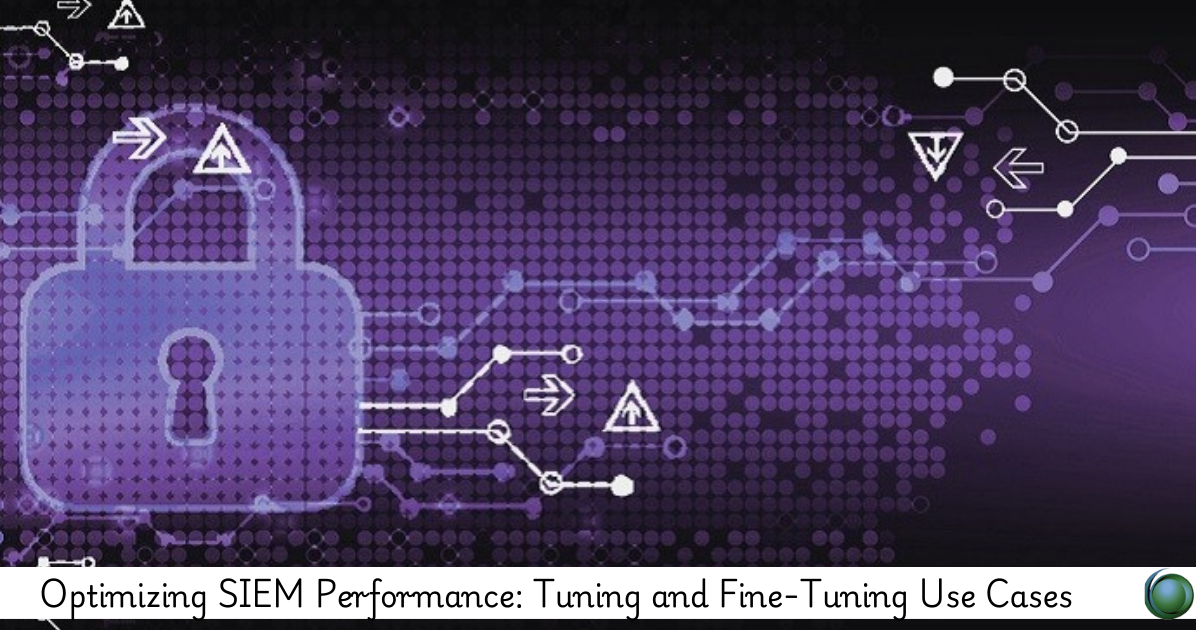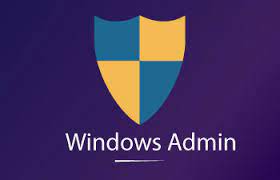Description
Introduction of SIEM Performance for Tuning
Optimizing the performance of a Security Information and Event Management (SIEM) system is crucial for ensuring that it efficiently processes vast amounts of data and delivers timely insights. This course focuses on the techniques and strategies for tuning and fine-tuning SIEM use cases, ensuring optimal performance, faster threat detection, and reduced false positives.
Prerequisites
- Basic understanding of SIEM solutions and their architecture.
- Familiarity with security event management and log management concepts.
- Understanding of key performance indicators (KPIs) related to SIEM systems.
Table of Contents
1. Introduction to SIEM Optimization
1.1 The Importance of Performance Optimization in SIEM
1.2 Key Challenges in SIEM Performance and Efficiency
1.3 Optimizing SIEM for Real-Time Threat Detection
2. Understanding SIEM Use Cases
2.1 Defining and Designing Use Cases in SIEM(Ref: SIEM for Compliance: Meeting Regulatory and Audit Requirements)
2.2 Common Use Cases for SIEM Optimization
2.3 Prioritizing Use Cases for Performance Optimization
3. SIEM Performance for Tuning for Data Collection and Processing
3.1 Optimizing Log Collection and Parsing
3.2 Efficient Data Storage and Indexing Strategies
3.3 Balancing Real-Time and Historical Data Processing
4. Fine-Tuning Use Case Correlation Rules
4.1 Improving Rule Efficiency and Reducing False Positives
4.2 Utilizing Machine Learning for Adaptive Correlation Rules
4.3 Best Practices for Creating Scalable Correlation Rules
5. Optimizing Alerting and Notification Systems
5.1 Reducing Alert Fatigue through Prioritization and Thresholds
5.2 Leveraging Automation to Streamline Alert Responses
5.3 Setting Up Efficient Alerting Mechanisms for Immediate Action
6. Performance Metrics and SIEM Health Monitoring
6.1 Identifying Key Performance Metrics for SIEM Optimization
6.2 Monitoring Resource Utilization and Performance Bottlenecks
6.3 Establishing a Baseline and Monitoring SIEM Health
7. Capacity Planning and Scaling SIEM Performance for Tuning
7.1 Estimating Data Volume and Storage Requirements
7.2 Scaling SIEM to Meet Growing Security Needs
7.3 Cloud SIEM Optimization: Best Practices for Scalability
8. Optimizing SIEM for Threat Detection and Response
8.1 Enhancing SIEM with Threat Intelligence Feeds
8.2 Leveraging Automation and Orchestration for Faster Incident Response
8.3 Continuous Improvement through Threat Detection Metrics
9. Troubleshooting and SIEM Performance for Tuning
9.1 Identifying Common Performance Issues in SIEM Systems
9.2 Fine-Tuning Data Flow and Event Processing for Speed
9.3 Troubleshooting SIEM Correlation and Alerting Issues
10. SIEM Optimization for Large-Scale and Distributed Environments
10.1 Designing SIEM for Multi-Site and Hybrid Networks
10.2 Distributed Data Collection and Processing Optimization
10.3 Performance Considerations in Cloud and On-Premises Deployments
Optimizing SIEM performance is essential for maximizing the effectiveness of security monitoring and incident detection systems. By tuning and fine-tuning SIEM use cases, professionals can enhance threat detection accuracy, reduce system overhead, and improve operational efficiency. This course provides actionable insights into optimizing SIEM systems for performance, ensuring that they can handle high volumes of security data while maintaining a high level of effectiveness.







Reviews
There are no reviews yet.